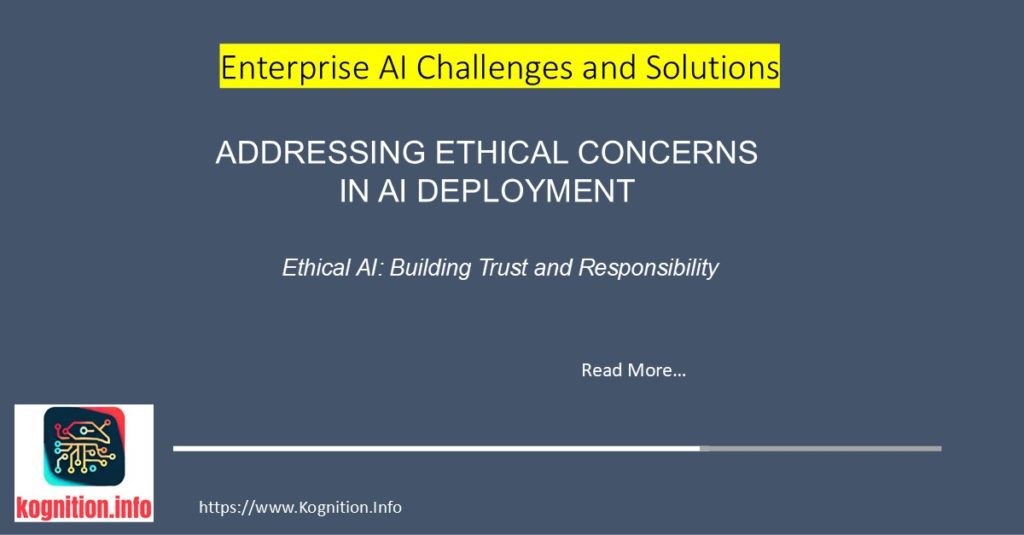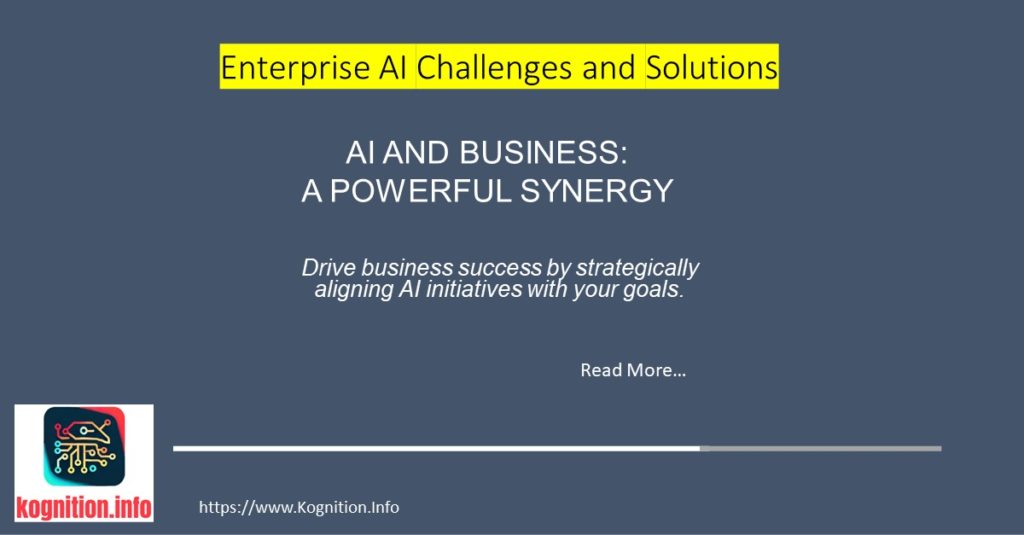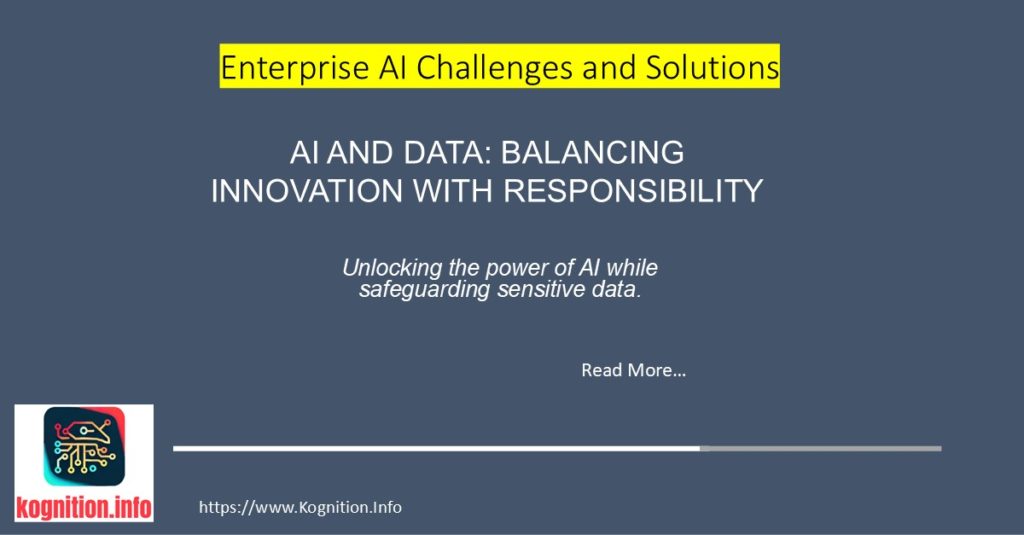From Displacement to Augmentation: Navigating AI’s Impact on Jobs Transform workforce anxiety into innovation opportunity. As AI capabilities advance at an unprecedented pace, many organizations face a critical paradox: the very employees whose expertise and engagement are essential for successful AI implementation are simultaneously concerned that these systems will eventually replace them. This fear creates…



